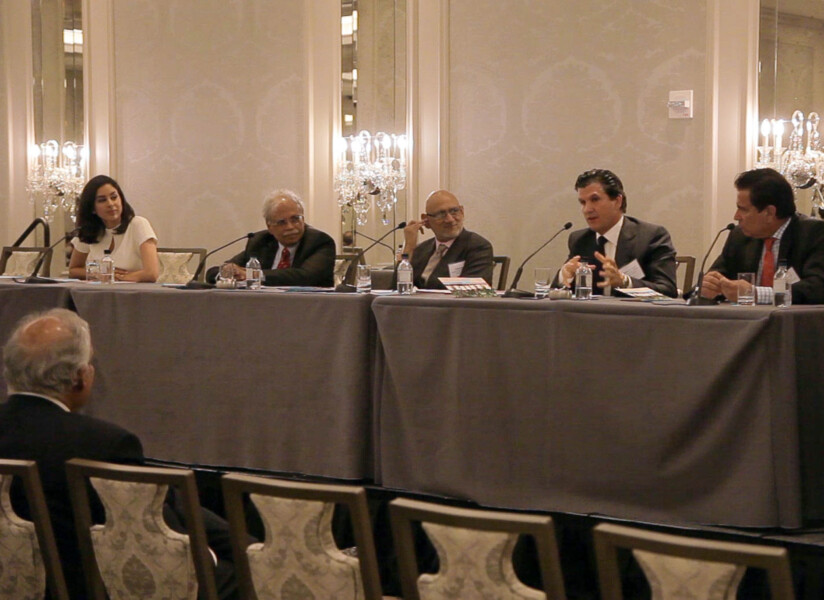Investing in India: Opportunities and Challenges

India has significant inroads to make in the areas of infrastructure, political reform and energy production if it wants to reach its full economic potential and attract foreign investment, but at the heart of this must also be a focus on sufficiently educating its young people.
This was the message from speakers at a panel discussion — titled “Investing in India: Opportunities and Challenges” and chaired by Parag Saxena, the chief executive of New Silk Route, a growth capital fund — that Pratham’s New York-Tristate chapter hosted on June 2 at the InterContinental Barclay hotel in Manhattan.
With 47 million Indians under the age of 25 currently seeking employment, and millions more who will come of age over the next decades, skill enhancement is a crucial issue facing the country, said Mukesh Aghi, the president of the US-India Business Council.
He said there was no single answer to the problem, but he praised Pratham’s work in the area of vocational training and said the private sector also had a role to play “try to solve this issue one bit at a time.”
Pratham’s “terrific work” in recognizing the country’s education problems and then working toward solutions was also praised by Professor Arvind Panagariya in his remarks at the event. “Three cheers for Pratham from me,” he said.
Shekar Shah, the director-general of the National Council of Applied Economic Research in New Delhi, agreed that “the skills issue is the most fundamental issue.”
“It goes all the way from K to 12,” Mr. Shah said. “It goes to the employability of those who have a diploma or a degree in their hands but they are unemployable.”
One way that industry can help ensure that India’s young people are equipped to join the formal workforce is through the growth of entrepreneurship, the panelists suggested.
“If you look back at India over the past 25 or 30 years, so much of the business innovation was driven by large companies, said William Ford, the chief executive of General Atlantic. But these days, more and more Indians are creating their own start-ups to drive economic growth and opportunity.
“This is an entrepreneurial moment for India,” Mr. Ford said.
Seema Mody, a global business reporter at CNBC, agreed that “boosting the entrepreneurial spirit” and focusing on innovation were key to creating new opportunities for India’s young people.
Part of that entrepreneurship involves the use of digital and mobile technology in business and education. “And Pratham is right in the middle of it,” Mr. Ford said.
Overall, he said, “we have seen a couple of very innovative approaches to providing educational services over mobile devices, tablets and mobile phones, to people who do not have access to traditional tutoring or other kinds of services.”
But ultimately, the panelists agreed, it all comes back to the basics of education, which is at the heart of Pratham’s work.
“If there is one big thing that keeps me awake at night,” Mr. Shah said, it is that India is set to have a labor force of one billion working-age people in 2050. “The world has not seen that large a labor force,” he said, and if India’s youth do not obtain the necessary education and skills to enable the country to afford future social programs like health care and pensions, “that will become the root of tremendous social unrest in India.”
There needs to be a sense of urgency about educating and training India’s young people, Mr. Shah said, because “every day that passes when we are not able to make progress on a whole range of issues, but in particular the employability of youth, is a day that is never going to come back.”
